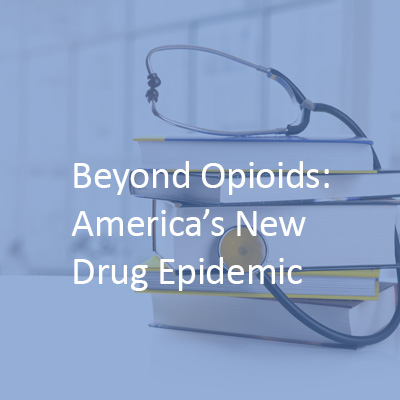Every year on September 10, the global healthcare community observes World Suicide Prevention Day—a time to raise awareness, foster understanding, and strengthen prevention strategies. For healthcare providers, this is especially critical in the care of older adults, a population disproportionately affected by suicide.
Why Older Adults Are at Higher Risk
In 2023, suicide claimed nearly 49,000 lives in the United States, and adults older than 65 accounted for 22% of those deaths. Among all age groups, those 85 years and older had the highest suicide rates. Unlike younger populations, older adults are more likely to die from attempts due to the use of highly lethal means, stronger intent, and reduced physical resilience.
Common risk factors include:
- Social isolation and loneliness
- Grief and bereavement
- Loss of independence and identity
- Chronic illness, pain, or cognitive decline
- Financial strain
Research shows that 45% of people who died by suicide saw a primary care provider in the month before their death, compared to only 20% who had contact with mental health services. This highlights a critical opportunity for intervention in outpatient care.
Providers can:
- Screen routinely: Use tools like the PHQ-9 and C-SSRS to detect depression and suicidal ideation
- Educate patients and caregivers: Normalize conversations about mental health and provide crisis resource information
- Refer and connect: Establish referral pathways to mental health professionals and community-based supports
- Engage in safety planning: Work with patients to develop individualized, step-by-step crisis safety plans
- Counsel on lethal means: Discuss safe storage or temporary removal of firearms and medications, recognizing that firearms are involved in more than 50% of suicide deaths
Suicide among older adults is not inevitable. With routine screening, compassionate dialogue, safety planning, and collaboration with families and community resources, outpatient providers can save lives.
This World Suicide Prevention Day, let us reaffirm our role in addressing the unique challenges older adults face and commit to practices that bring safety, dignity, and hope to this vulnerable population.
If you or someone you know is in crisis, dial 988 in the US for immediate support from the Suicide & Crisis Lifeline.









